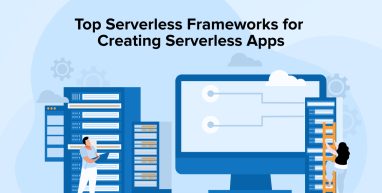
Serverless frameworks represent the fate of computing. The era of coping with time on architecture and support is over, as serverless providers bring the most innovative event driven serverless applications that can be created with only a few taps. Serverless is a cloud-based environment of programming, datasets, and activities.
Mobile application development services no longer need to fret about trying to manage servers. Rather, they now can build their software with features such as procedures and scripts that follow input variables from request info. Thus, every feature calls one fewer external machine than online resources since hardware competences are not a restriction. Once installed, serverless frameworks ramp up autonomously based on demand.
This blog post presents you a list of serverless frameworks to assist you.(Note: If you want to compare specifically between AWS Lambda and Azure Functions, read here.)
1. What is Serverless Computing?
Serverless computing is one of the rapidly expanding cloud services that a web development firm is commencing to investigate due to its versatility and other intriguing features. Serverless functions alleviate the difficulty of delivering apps by administering them instantly on request, without the necessity for manual installation or maintenance, thus relieving additional time for the development of innovative technological solutions. This is especially helpful for companies that need to scale their operations quickly and efficiently, such as those that rely on cloud-based pbx systems to manage their phone communications.
However, often people are clueless about what serverless technology actually implies. The term “Server” essentially refers to a unit of work. However, don’t let this clarity mislead you; there is quite a lot happening beneath the ground when discussing Functions as a Service (FaaS) technologies like AWS Lambda that employ this terminology.
In the era of technology, you have access to an infinite amount of data. As far as it is accessible digitally, you can obtain nearly everything from any place at any time! This has been proven feasible by cloud computing, which enables on-demand hosts, so users no longer require all that infrastructure. Simply pay per usage or monthly since these expenses add up quickly and don’t provide a yearly subscription.
2. What are Serverless Frameworks?
The serverless framework is a platform that enables you to construct service applications, and it also includes testing, monitoring, and safety tools to assist you in managing these apps. Most of them are freely accessible.
3. Top Serverless Frameworks
Let’s explore some top serverless frameworks for better application development.
3.1 Zappa
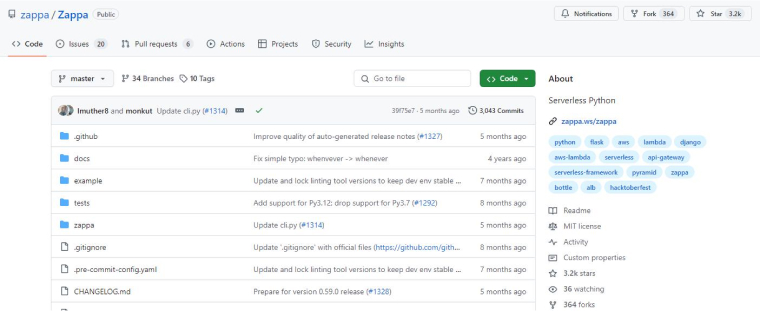
It is a highly prominent framework that’s the impetus for several serverless frameworks and the forerunner for many more. It can have several uses. It aims to be quite prevalent for web-based applications as well as possibly even REST API-like alternatives, and one of its strongest points is its concentration on Python-based workarounds. If you are working on a WSGI(web server gateway interface)-based software, such as Flask, Deploy Django, and you wish to transmit it to a serverless platform such as AWS Lambda or AWS API gateway, Zappa seems to be your best bet.
Key Observation
- It would offer an excellent interface for re-platforming systems that depend on things such as Flask apps.
- For instance, if you are working on a Flask app currently, try to involve Zappa; it allows you to leverage AWS Lambda and API gateway without having to modify a significant amount of coding.
- It only requires a single command to launch, upgrade, and manage an app with Zappa, so you should not be concerned.
- Zappa offers enhanced security since it allows the identity and access management (IAM) security technique by the standard.
- Also, as server-side for asynchronous job solutions, Zappa utilizes DynamoDB.
3.2 AWS Amplify

With the AWS Amplify framework, you can rapidly create robust serverless applications for the mobile and web apps and enjoy limitless versatility. Using intelligent processes, set up your serverless backends with information, storing, authorization, and much more.
Fewer lines of code are required for continuous integration of mobile and web programs to ongoing or newly created AWS services. With a few taps, you can manage and launch single-page web applications/static websites, server-side produced applications, and status webpages. Additionally, it helps the administration of databases and app users.
AWS Amplify enables frontend mobile and web devs to build full-stack serverless services on AWS more quickly and to modify the programs as needed. Amplify enables a variety of web frameworks (can be close or open source framework), including Angular, React, JavaScript, Next.js, Vue.js, etc., as well as mobile platforms, including Android, iOS, Ionic, React native and Flutter.
Key Observation
- Numerous Amplify UI components may be integrated to expedite app development.
- Receive several functionalities and toolkits for development, including authorization, communication, functionalities, dataStore, user administration, API references (REST, GraphQL), analysis, AI/ML recommendations, storage, PubSub, and email alerts, among others.
- Additionally, you get access to Professional Hosting, PR previewing, CI/CD, unique custom domains, and installation monitoring.
3.3 Serverless
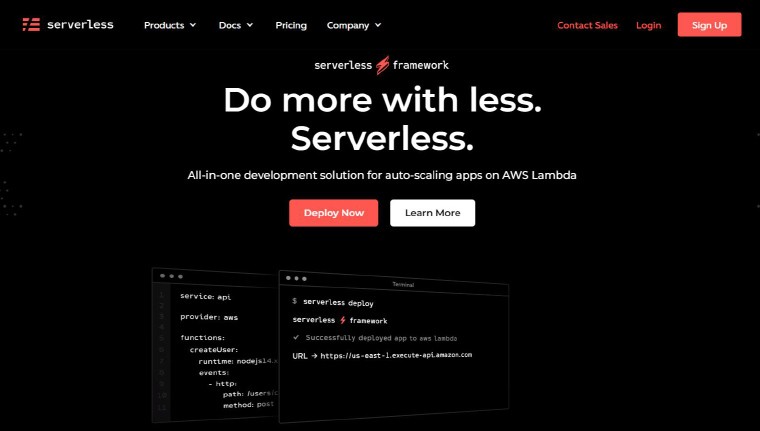
The Serverless Framework has almost 30,000 stars on GitHub, calling it the most favored serverless framework available.
Well, what can this framework be used for? You may create serverless apps that use microservices to react to inputs, etc, as a starting point. For example, your applications will only respond to a decisive call and will grow up and down depending on usage. Consequently, you may save a shitload of revenue that would have been spent on maintaining inactive services.
Key Observation
- The framework employs modern event-driven computing technologies, such as AWS Lambda, Google Cloud Functions, and others.
- It is a command-line application that offers serverless infrastructure, automated local development workflow/s, and best practices for designing and delivering serverless architecture. Additionally, it is extendable through extensions.
3.4 Architect
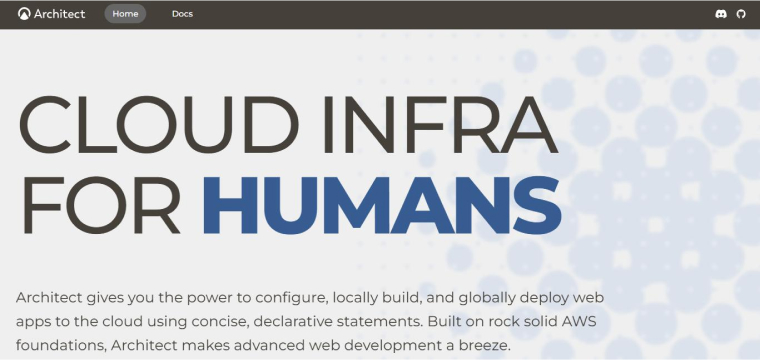
Architect is a comprehensive framework. Using AWS, node.js, NPM and other creative innovations, this framework could be leveraged to build, operate, and manage serverless applications. It is a collection of so many technical tools that can even eliminate the need to monitor and maintain servers manually with the help of any developer.
Key Observation
- The app manager of Architect simplifies the configuration and provisioning of the AWS environment for any application.
- It is an open-source serverless platform with more than 1.5k ratings and 30 collaborators on GitHub, keeping it safe and dependable; its elegance makes it simple for novice developers to leap into operation fast, whereas its scalability allows you to adapt to changes in your project easily at any moment.
- Architect is a toolset for local application creation and testing. Execute it on the terminal, then use ‘arc sandbox’ to create a working setup without online connectivity.
- The architect enables it to simply develop the software in the AWS Serverless Application Model (SAM) standard so that whenever you’re prepared, the architect handles everything for you. There is no requirement for a server.
3.5 Claudia.js
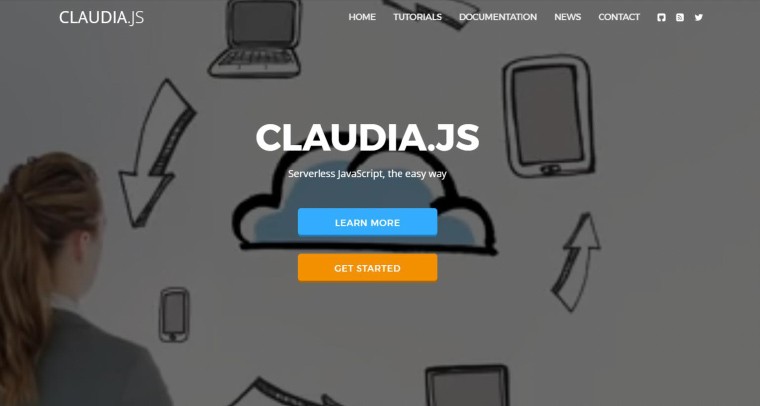
Claudia.js is a compact application. It does a great job of launching, maintaining, and upgrading your API and serverless backend and also the AWS lambda functions that link up to such APIs, so it will hold lining those up such that the API provokes the lambda and it can obtain all of the info correctly, and after which via the program you compose in the lambda, you can communicate to each of these remaining AWS Services. The most important thing is that you can begin a fresh Claudia project and simply transfer administration of the current architecture. Claudia is also ideal for integrating with Infrastructure, which you’ve just developed via the console.
Key Observation
- Claudia enables versatility in AWS lambda and API gateway.
- It only requires a single command to launch and upgrade your apps.
- Claudia maintains many versions concurrently with ease.
- Claudia assists JavaScript developers in focusing on solving business challenges rather than implementing infrastructure.
3.6 Ruby on Jets
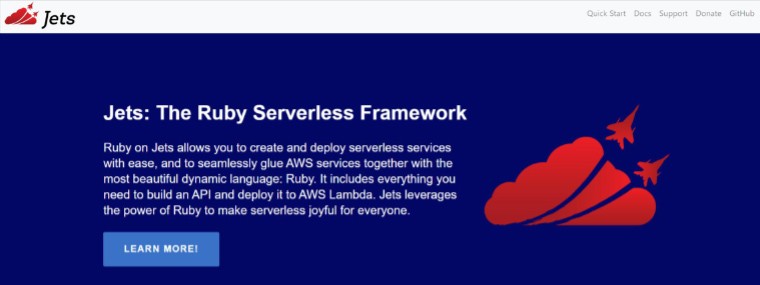
If you have mastery of the Ruby language and wish to develop and publish your apps in this robust language, perhaps jets is the way to go. Jets is one of the numerous server-side web application frameworks created in the Ruby programming language, which also provides several tools. They aid with the creation and deployment tasks of programs employing SQS (Amazon Simple Queue Service), DynamoDB, AWS LAMBDA, SNS (Social Networking Service) and many more.
Key Observation
- Jets may additionally have unique functionalities that can be used to assemble various AWS resources.
- In order to save effort, the code may be converted straight into lambda functions and AWS resources.
3.7 Pulumi
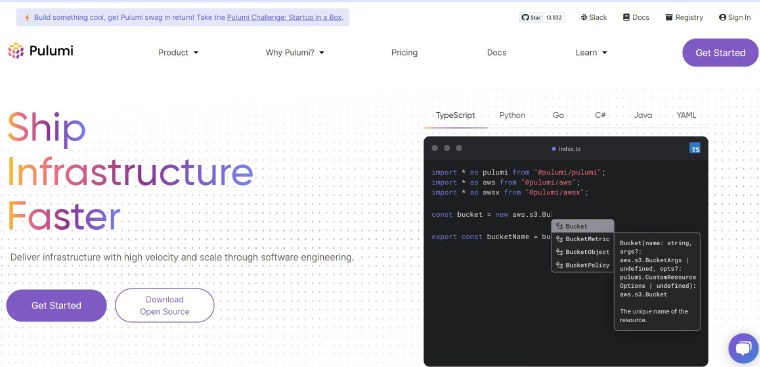
The Pulumi framework is an open-source tool to create, deploy and manage cloud-based software. How Pulumi relates itself to different network management technologies is extremely intriguing.
Pulumi uses existing computer languages, its native toolkits, and frameworks as opposed to YAML and domain-specific languages. Currently, TypeScript, JavaScript, Python, Go, and .NET are supported.
Pulumi can ease AWS, Azure functions, GCP, and Kubernetes platform management duties. It also simplifies the installation and maintenance of Lambda features.
Key Observation
- Various cloud providers and Kubernetes are supported.
- A few moments is all you need to start with any Cloud platform.
- Pulumi CrossGuard provides safety, regulatory, and controlling costs for the cloud governance of a company.
3.8 AWS Chalice
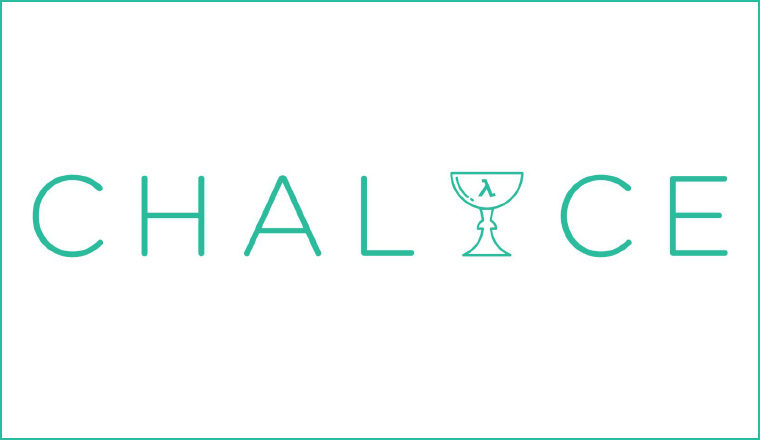
AWS Chalice is a serverless framework that enables developers to create serverless apps swiftly and effortlessly. You can release your software without having to worry about the supporting architecture, regardless of whether it is hosted on AWS or not. It was designed with Flask requests in the head, so many tools play nicely within this environment. It also includes assistance for better automation via containerized ecosystem options, such as the AKS Qubes OS XenApp integration plugin, making it simpler than ever to hook up Kubernetes-native apps to Google Cloud Platform ecosystems and more.
Key Observation
- Chalice offers an excellent platform for developing and managing IAM identity-capable applications.
- The Chalice Platform allows businesses to plan the whole software lifecycle by integrating with several AWS services. It interfaces with a number of AWS services, such as Amazon API Gateway and Simple Queues Service (SQS).
- Chalice is an open-source initiative with more than 7.6k ratings, 780 forks on Github, and 128 participants.
3.9 Flogo
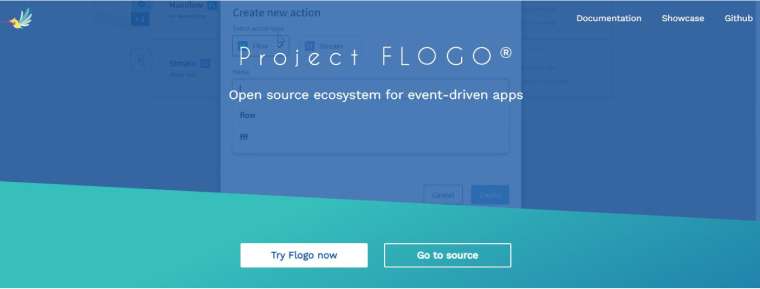
Flogo is a framework for creating, deploying and managing apps on AWS Lambda with Docker. Flogo provides a lightweight, small-footprint architecture that saves time during the installation phase and speeds up your software going live.
Key Observation
- Flogo is an open-source and customizable serverless framework that facilitates Docker application deployment.
- It delivers solutions for several enterprises that require immediate replies and the creation of time-saving applications.
- Flogo offers the Golang computer language and a web-based graphical user interface that may be utilized to design and deploy applications.
- Flogo offers flexibility, such as the option to pay per request. You are not required to overspend for inactive app periods.
3.10 AWS Serverless Application Model

Using AWS SAM, developers can swiftly create serverless apps that integrate with other AWS services. As AWS’s authorized serverless deployment framework, it streamlines the process of creating, deploying, and troubleshooting serverless programs.
Because of SAM’s concise syntax, developers may create resources in a handful of lines, whereas doing the same in AWS CloudFormation could take a hundred. AWS SAM may be used to construct a wide range of applications, such as those with strong event-driven asynchronous processes. In addition, it works with Docker images to facilitate Lambda functions, making serverless development even easier.
Key Observation
- Since all of the resources that are needed for a deployment are versioned as a whole, just one deployment configuration is needed.
- Continuous Integration and Continuous Deployment.
- With the SAM CLI, applications specified by SAM templates or the AWS CDK may be locally built, tested, and debugged in an environment similar to Lambda.
- SAM Accelerate for cloud-based development, which allows programmers to test code updates in the cloud and skip local emulating for serverless apps.
- Compatible with Amazon Web Services’s other serverless applications.
- Includes a wide variety of helpful SAM CLI functions.
- Best practices in data protection are built into every aspect of the AWS platform.
- Links up with cyclin-dependent kinase.
- Use these policy templates to restrict access to specific types of Lambda functions.
3.11 AWS Cloud Development Kit

The AWS CDK is another excellent tool from AWS that allows you to design your cloud architecture in today’s popular languages and then have it automatically deployed by AWS CloudFormation. Therefore, CDK is a suitable option if you wish to construct serverless architectures on AWS in a language already acquainted to your team’s engineers. Web applications, microservices, serverless utility functions, containerized programs, and more may all be built with its help.
CDK has been utilized by a number of AWS customers, including Cox Automotive, deepwatch, Culture Amp, Stedi, and CyberArk. The CDK is utilized to create the application’s infrastructure and application layer components. Because of this, developers are able to create apps rapidly without having to master a different framework or language, which result in faster delivery times.
Key Observation
- Included languages are TypeScript, Python, Java, and C#.
- Provides protection for anything offered by Amazon Web Services.
- Its command-line interface is user-friendly and helpful for programmers.
- Allows you to simultaneously deploy both runtime code and infrastructure written in the same programming language used to describe AWS resources.
- Provides a means of creating and simply sharing reusable components that adhere to the privacy, regulatory, and governance standards of your company.
- More developers may be involved in DevOps thanks to IaC’s availability.
- Supports the AWS Command Line Interface for the CDK for seamless integration with CD pipelines.
4. Conclusion
Serverless computing is already on the upswing and will continue to grow. Numerous innovative frameworks will emerge in the coming years to handle this paradigmatic change in application development.
As modern technologies and trends grow rapidly, it can be challenging for developers to maintain pace with them. If you need your company to prepare for the future, you might consider adopting a framework such as serverless-express, which generates an ExpressJS web service from the start without requiring user management/ setup. This is a fantastic option for companies who want to give it a shot before investing quite so much effort or budget in advance!


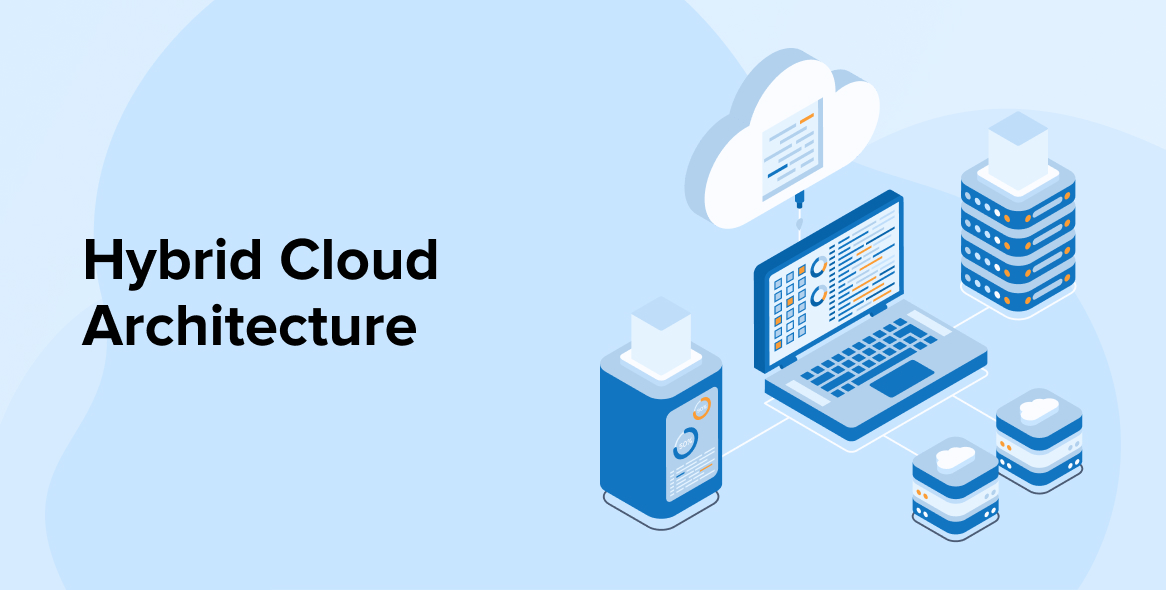
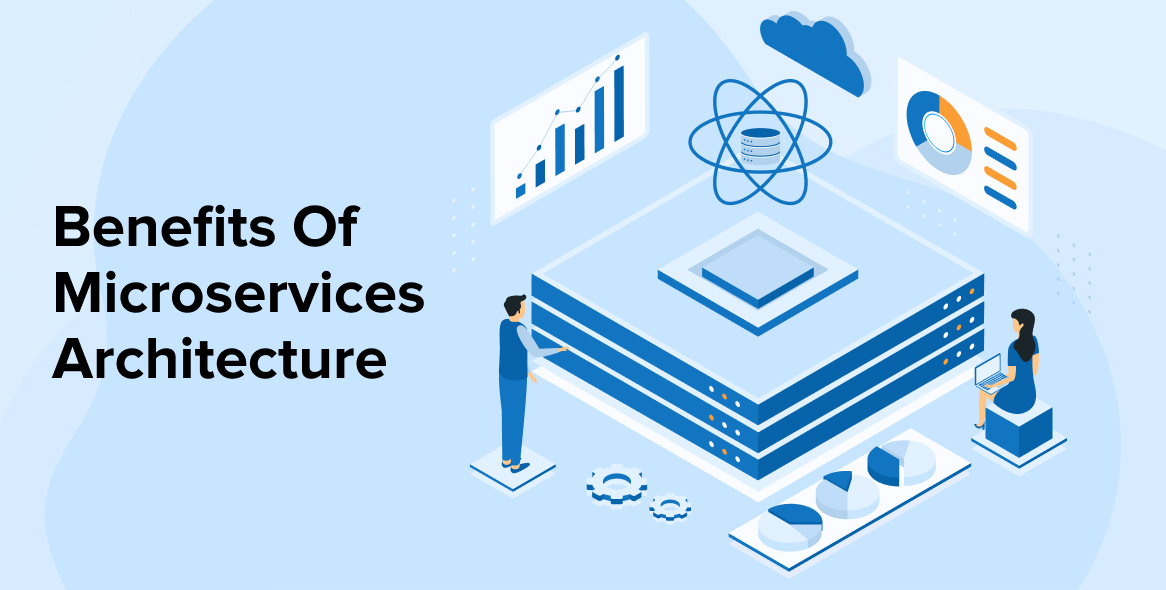
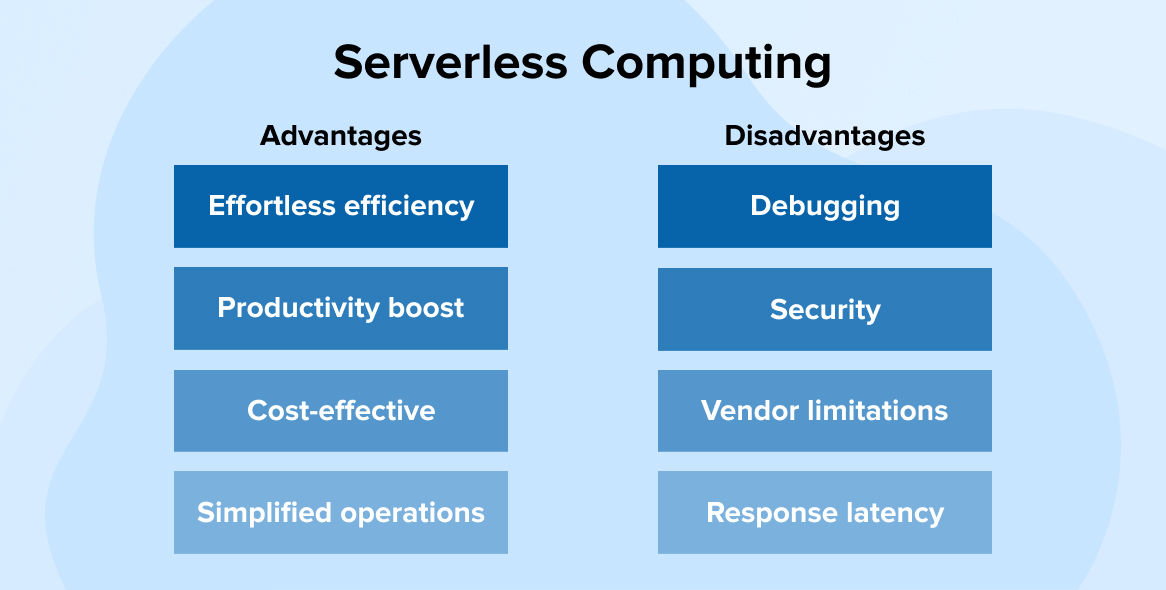

Comments
Leave a message...